SAMAR, May 5, 2023 – The Bureau of Fisheries and Aquatic Resources – Special Area for Agricultural Development (BFAR-SAAD) Program is once again up and running, this time covering 15 regions, with the addition of four (4) new areas for the SAAD Program Phase 2 after operations ended in 2021.
During the Phase 1 run in the fishery sector (FY 2017 to 2021) BFAR implemented 486 livelihood projects that benefited 38,080 individual fishers and 1,122 fisherfolk associations.
Entering Phase 2 in 2023, with the General Appropriations Act (GAA)-allocated budget of Php 486.75 million, the BFAR-SAAD – fisheries counterpart of the Department of Agriculture (DA) SAAD Program Phase 2 is now gaining progress in its municipal operations, although in different phases of the Program’s core components toward providing sustainable livelihood to identified marginalized areas and fisherfolk groups all over the Philippines.
With the addition of Ilocos Region, Cagayan Valley, Central Luzon, and CALABARZON, BFAR-SAAD is now present in 15 regions in the country, granting fisheries-driven livelihood provisions, and extension services to identified farmer and fisherfolk associations. For Phase 2 run from 2023 to 2028, the Bureau will cover 619 municipalities (from 60 provinces) from all regions except BARMM.
New beneficiaries’ qualifications revolve around areas with prevalent below-poverty line populations and 5th and 6th-class municipalities which are mostly End Local Communist Armed Conflict and Geographically Isolated and Disadvantaged Areas (GIDA). In addition, SAAD Program will no longer cater to individual beneficiaries but only organized fisherfolk groups to maximize the resources (Read SAAD Phase 2 implementing guidelines here https://bit.ly/3AZEraR for additional qualification reference.)
It should be noted that not every area covered by the program is coastal, or has an accessible source of water resulting in targeted beneficiaries preferring farming-related inputs over fisheries. On this, NPMO Director Lustria Jr. responded by emphasizing how SAAD does not limit the beneficiaries if they think and desire for their community that they are more capable of sustaining agriculture-related livelihood, they shall then be endorsed for DA-SAAD projects by BFAR implementers.
SAAD Program Phase 2 strengthens and intensifies its approach to Social Preparation guiding the regional arms of BFAR-SAAD in the early quarter of implementation. Units reported active accomplishments of soc-prep-related activities in the recently concluded first-quarter assessment in Marabut, Samar. The National Program Advisory Committee (NPAC), and the National Program Management Office (NPMO) from the DA were also present in the activity to assess the performance of each implementing regional unit, especially the financial and physical accomplishments.
Each region in the fisheries program already conducted its Beneficiary Needs Assessment (BNA) as a planning tool to target beneficiaries’ needs and project selection considerations. The BNA is part of the program’s Social Preparation component which is a systematic approach to data collection that employs both qualitative and quantitative methodologies in order to reach the best level of precision for project provisions. Also, under the said component is capacity building wherein beneficiaries are trained on leadership, organizational management, and values formation in relation to effective livelihood project management.
Communities who completed sub-components of Social Preparation may now proceed in receiving physical assistance, supplemented with a series of specialized training in preparation for the projects. This includes aquaculture production (tilapia, bangus, seaweed, etc.), and inland municipal fishery projects, among others.
BFAR-SAAD adopts a staggered scheme of project distribution, a strategic approach to gradually build and equip the groups until they become ready for enterprising activities. SAAD’s ultimate goal is to contribute to poverty reduction through the provision of livelihood projects, assisting the beneficiaries from pre- to post-production until they are able to sustain and establish their community-based enterprises (CBEs). ###
Writers: Jessamae Gabon and Jennifer Valcobero, DA-SAAD Information Officers
Photos by: Jessamae Gabon

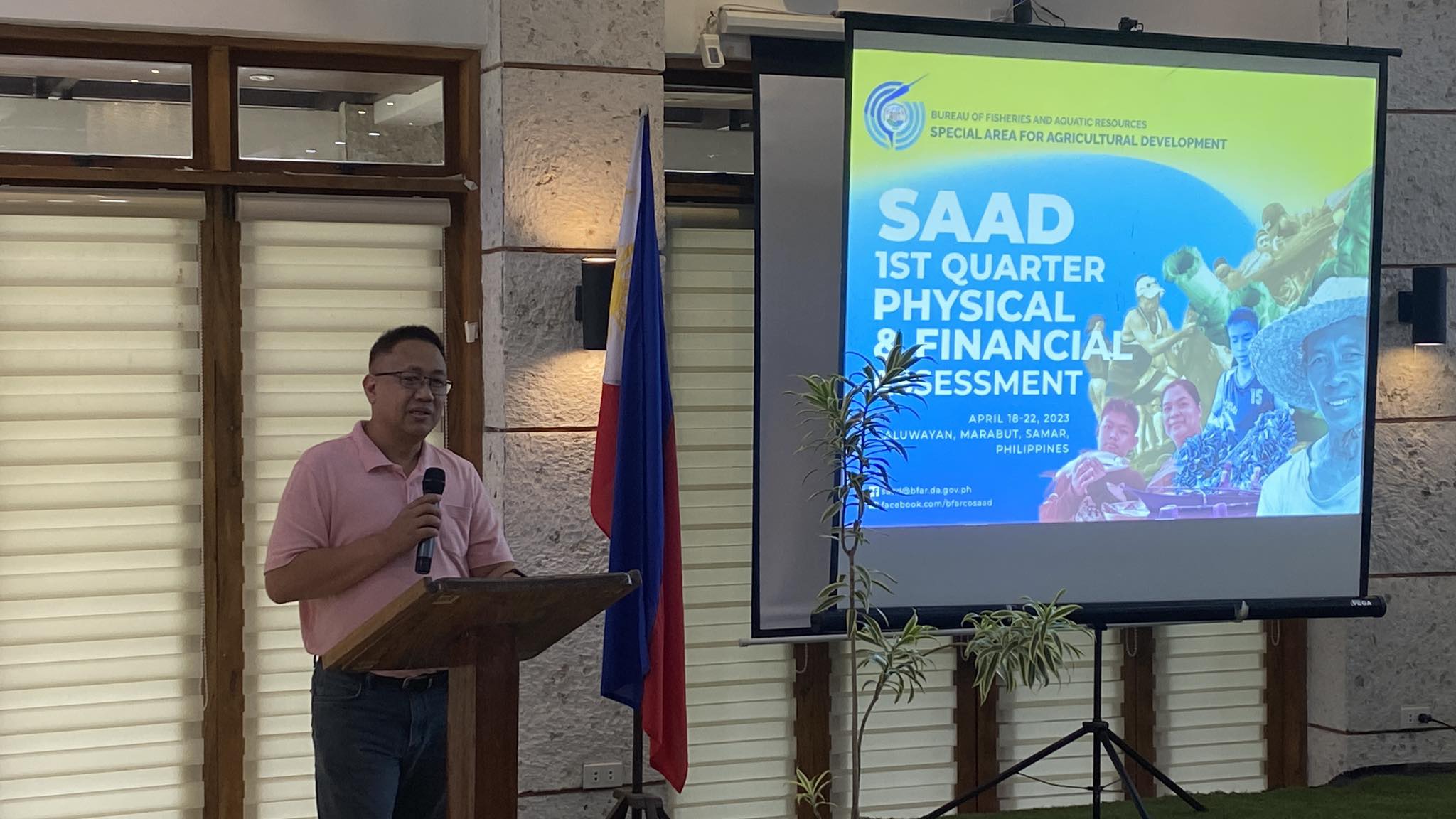
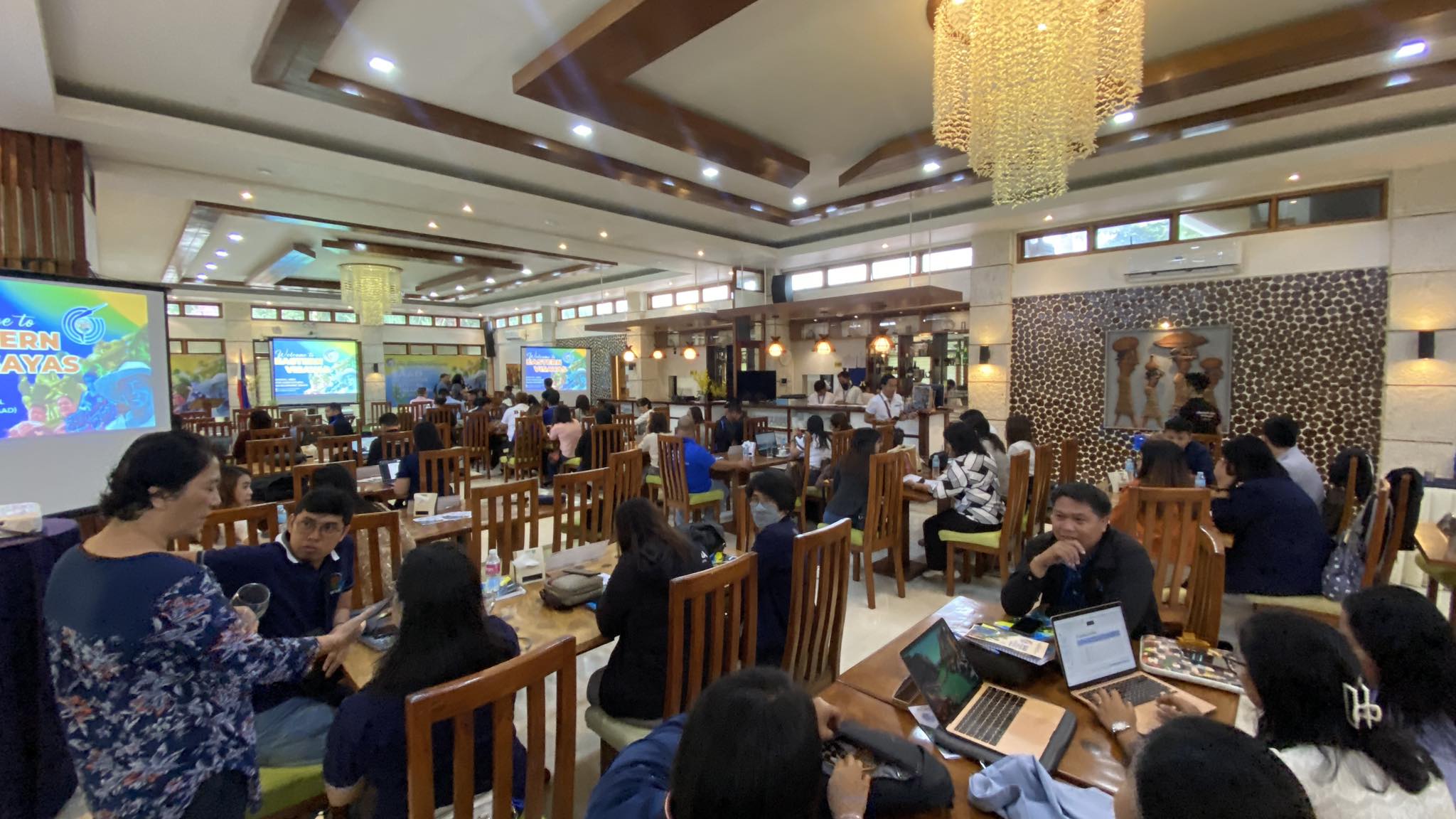
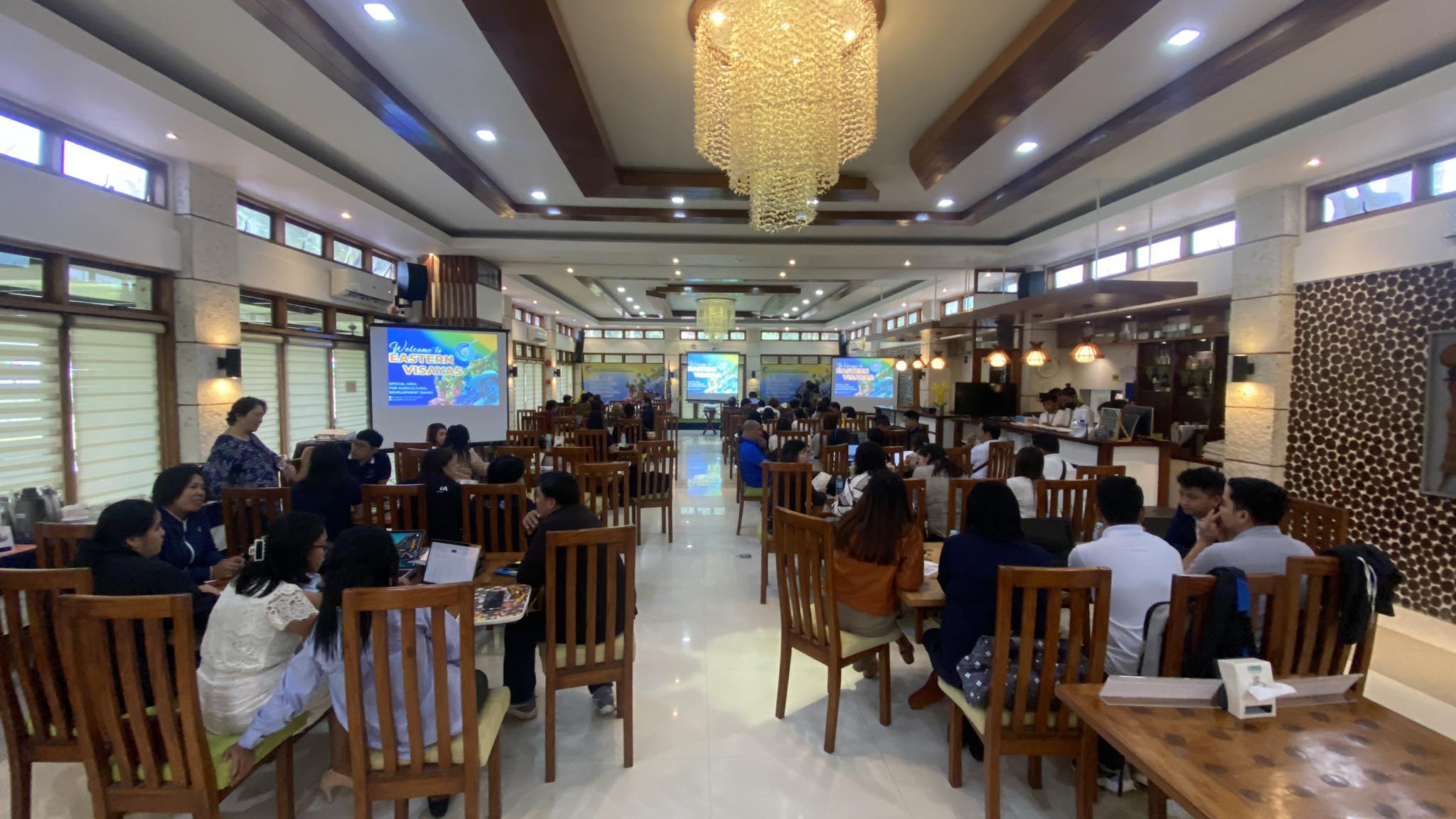
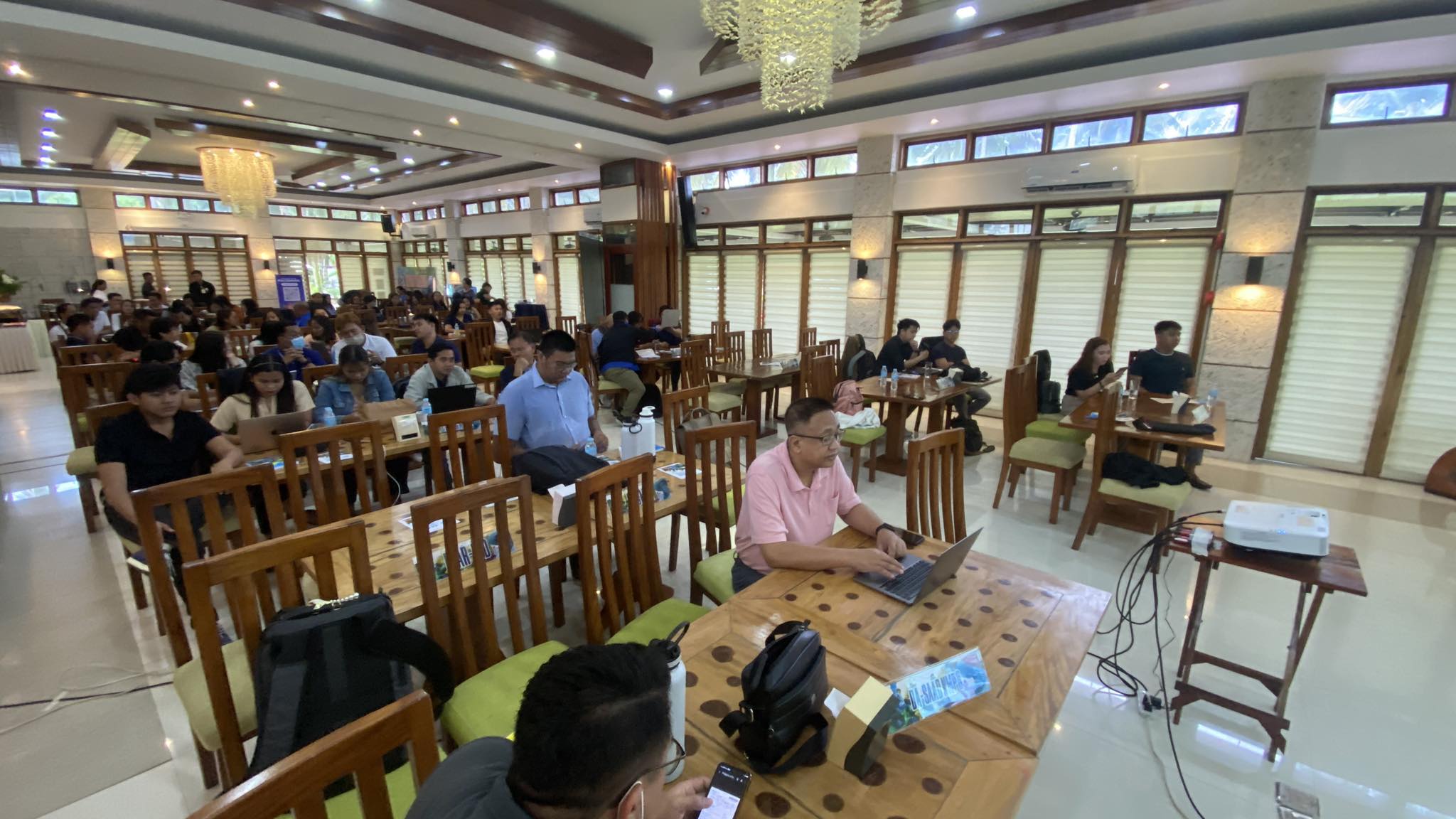
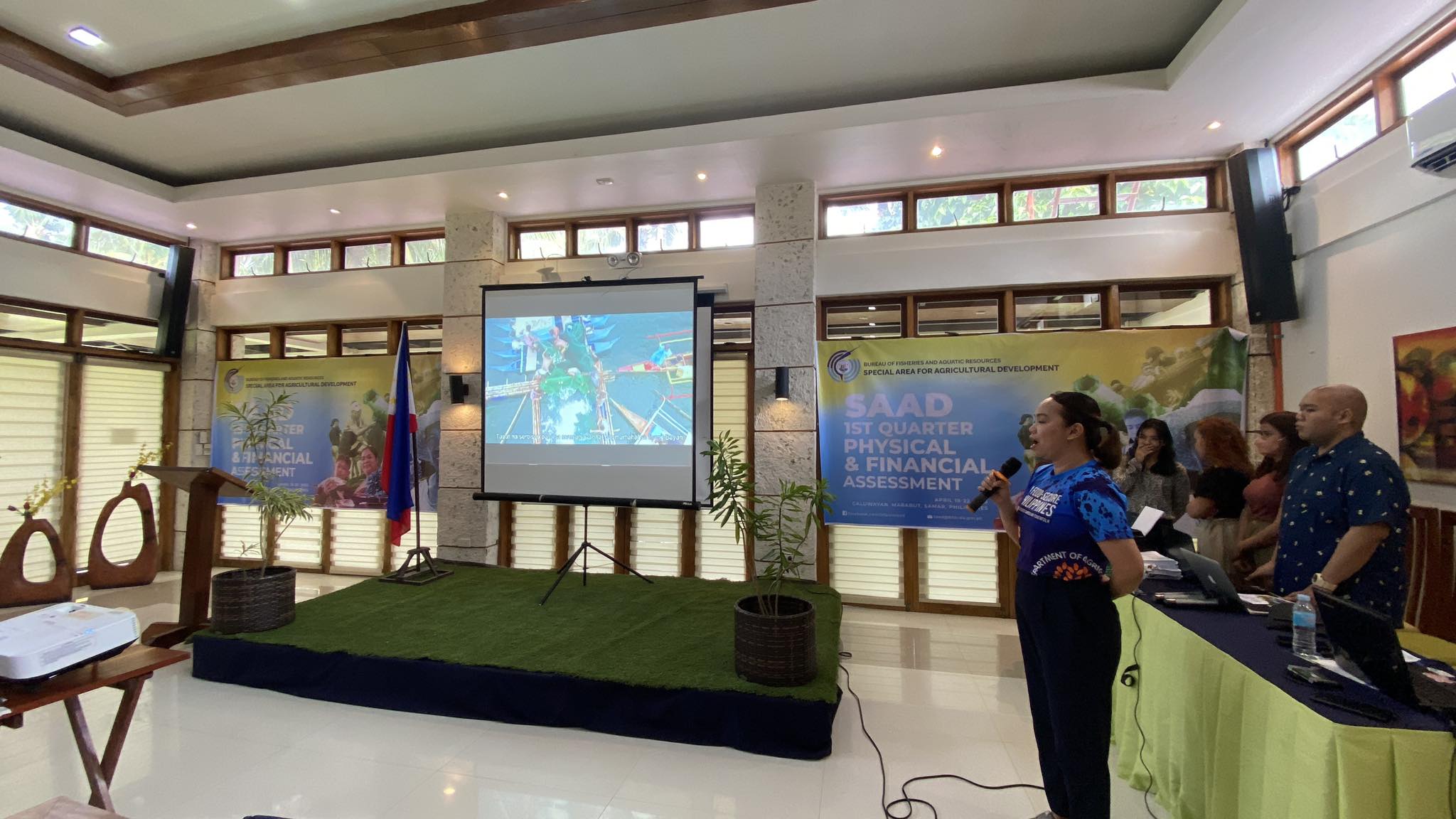
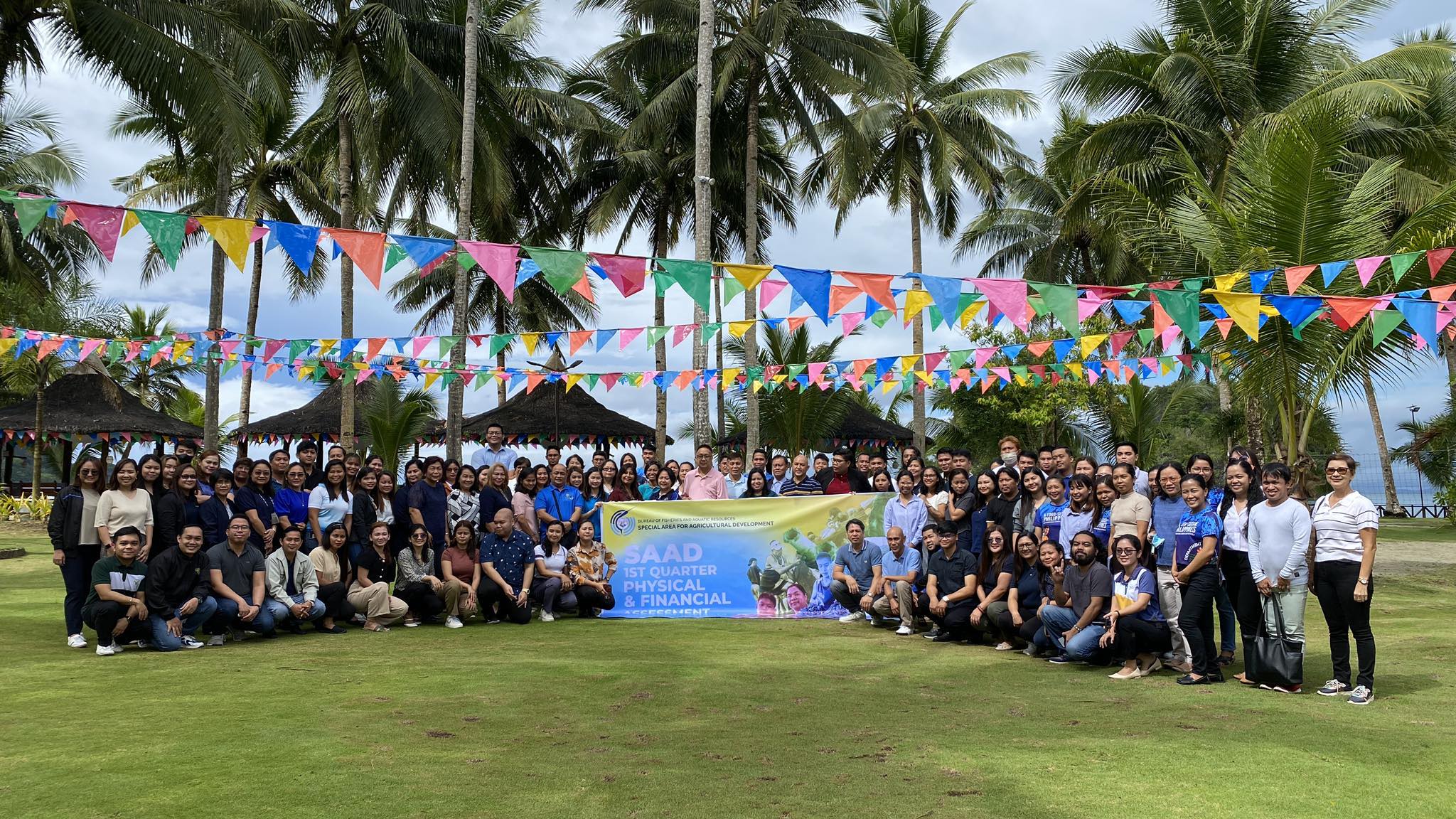
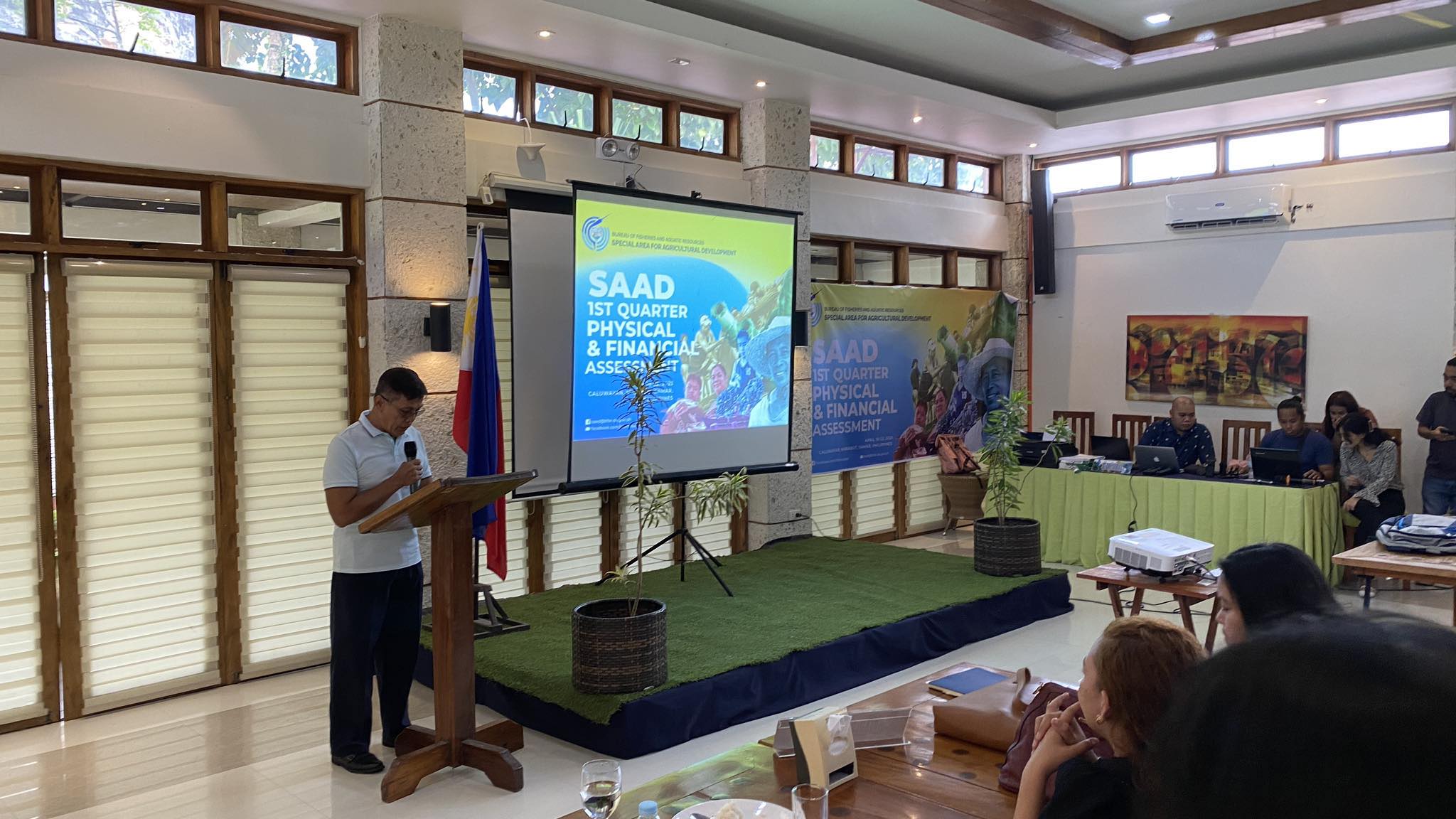
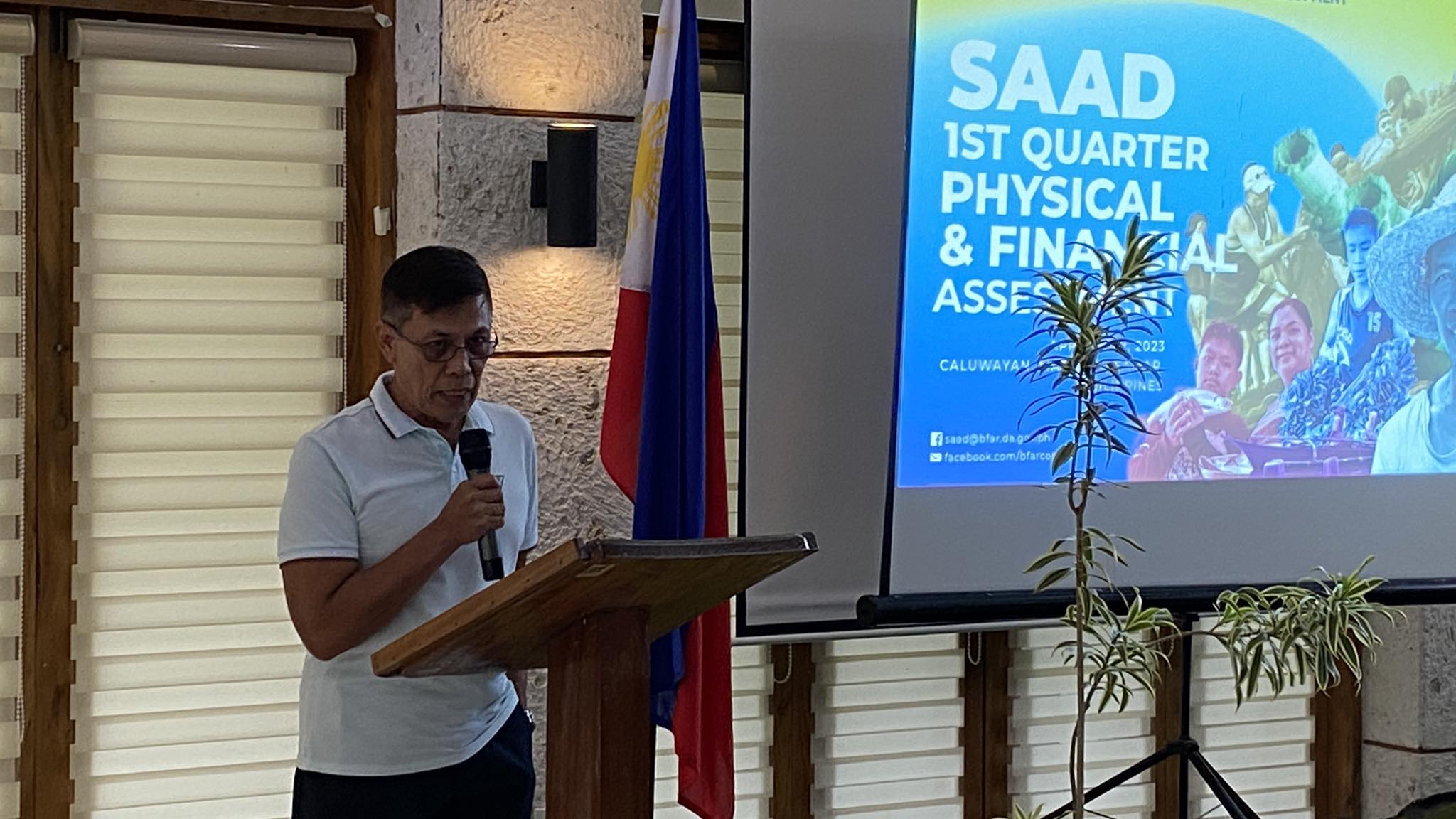
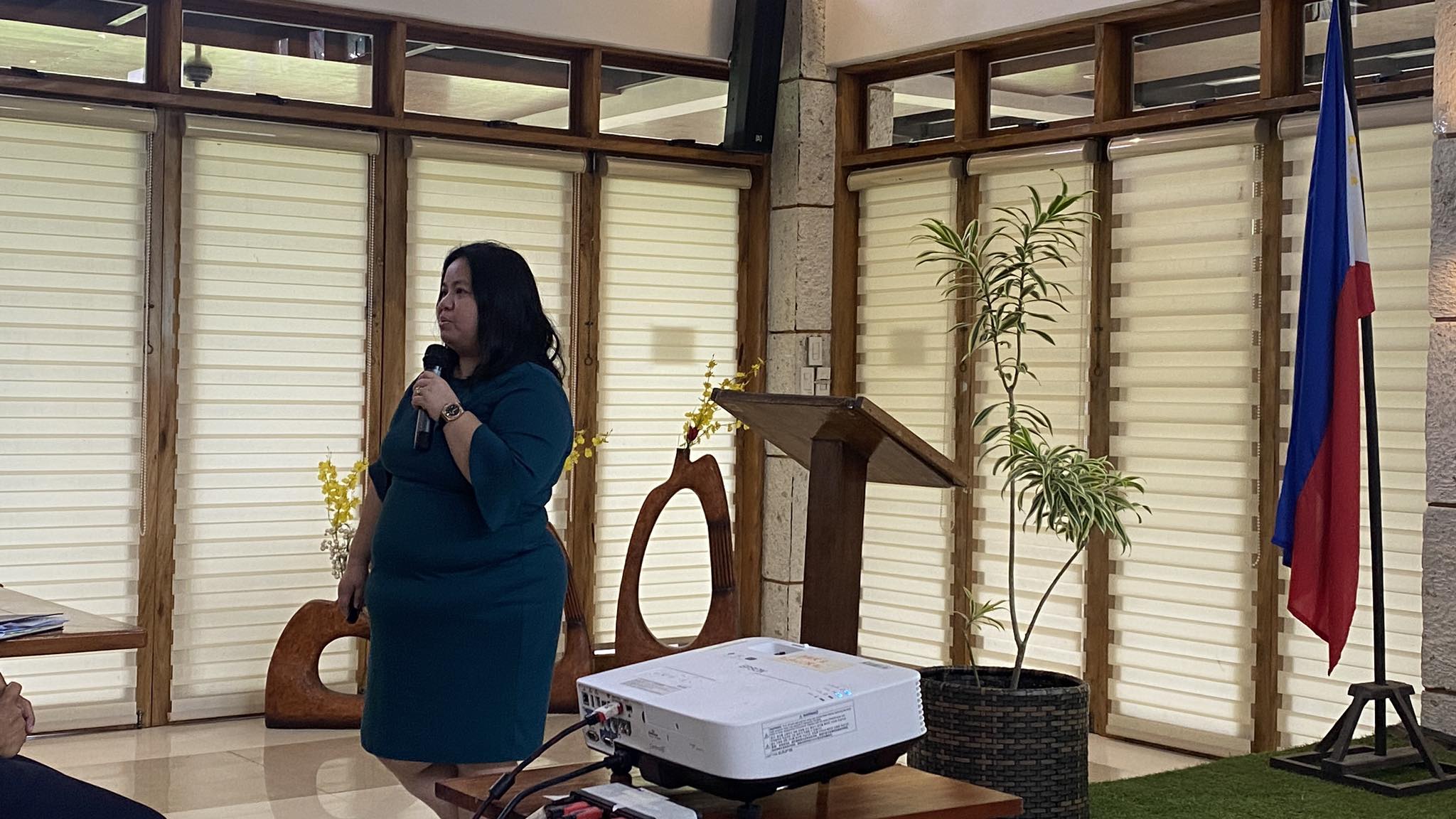
Comments (0)